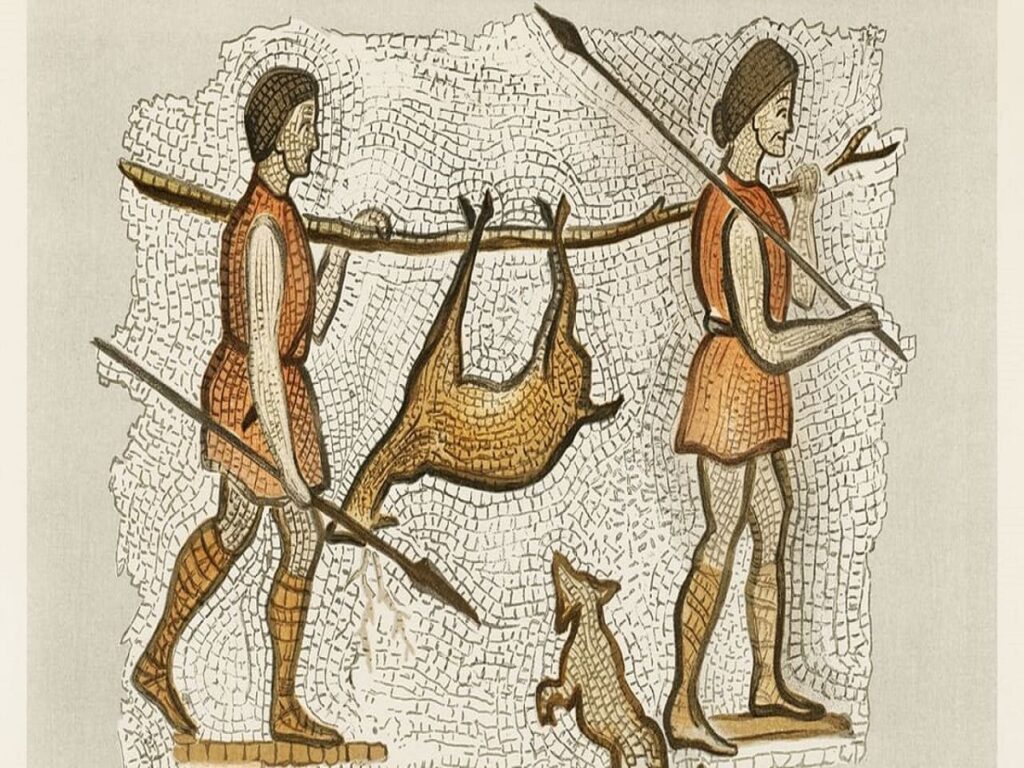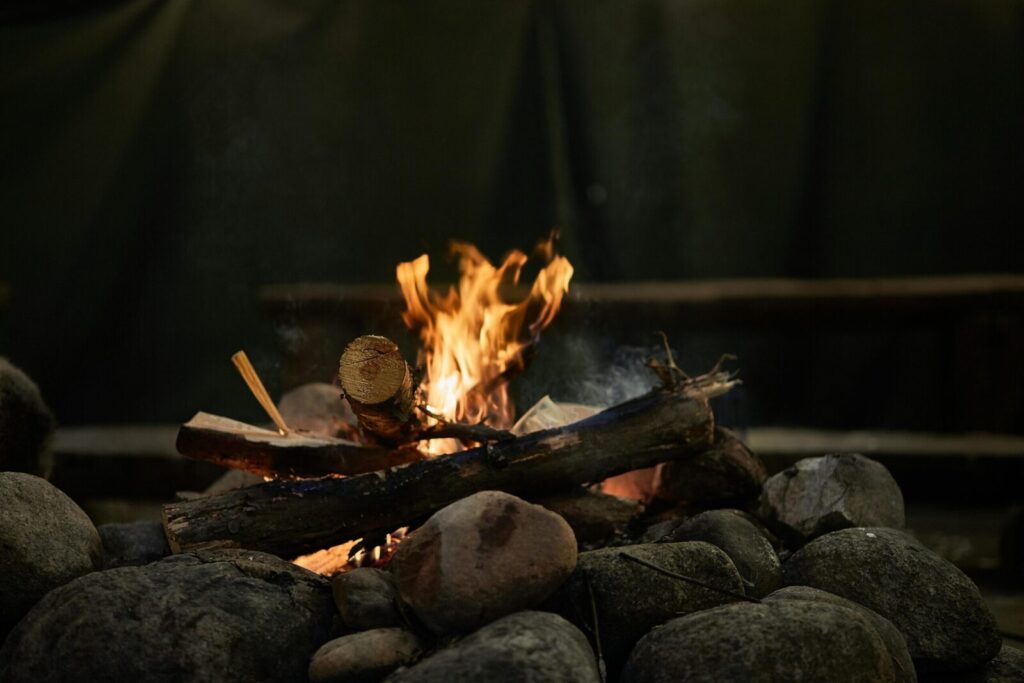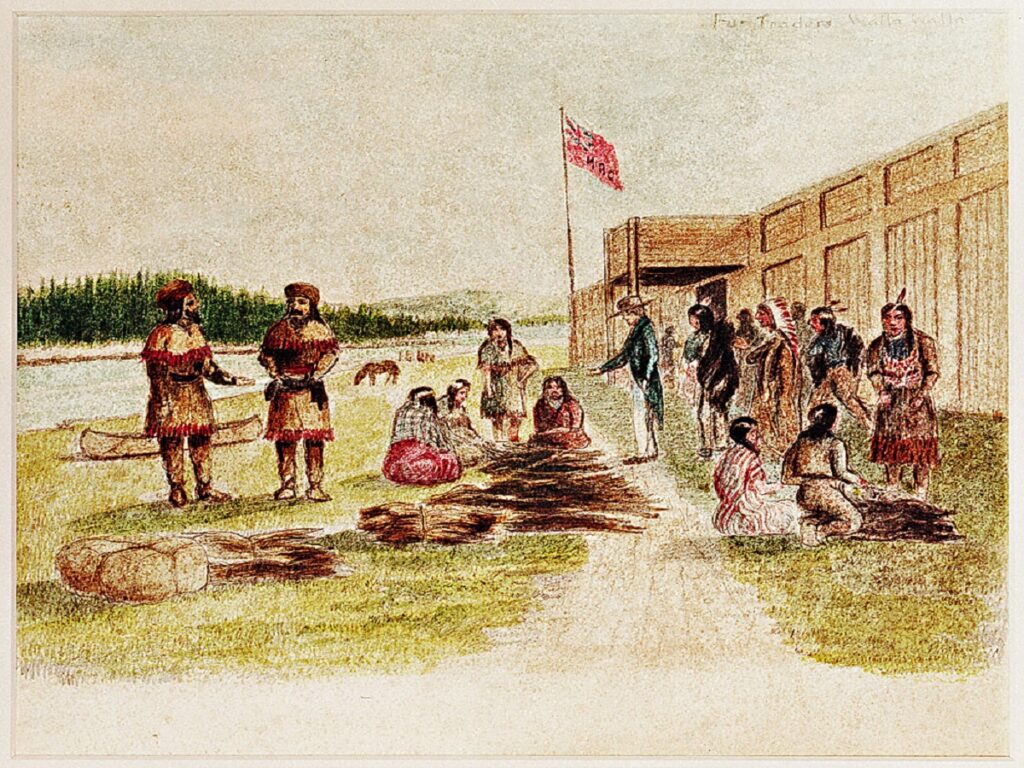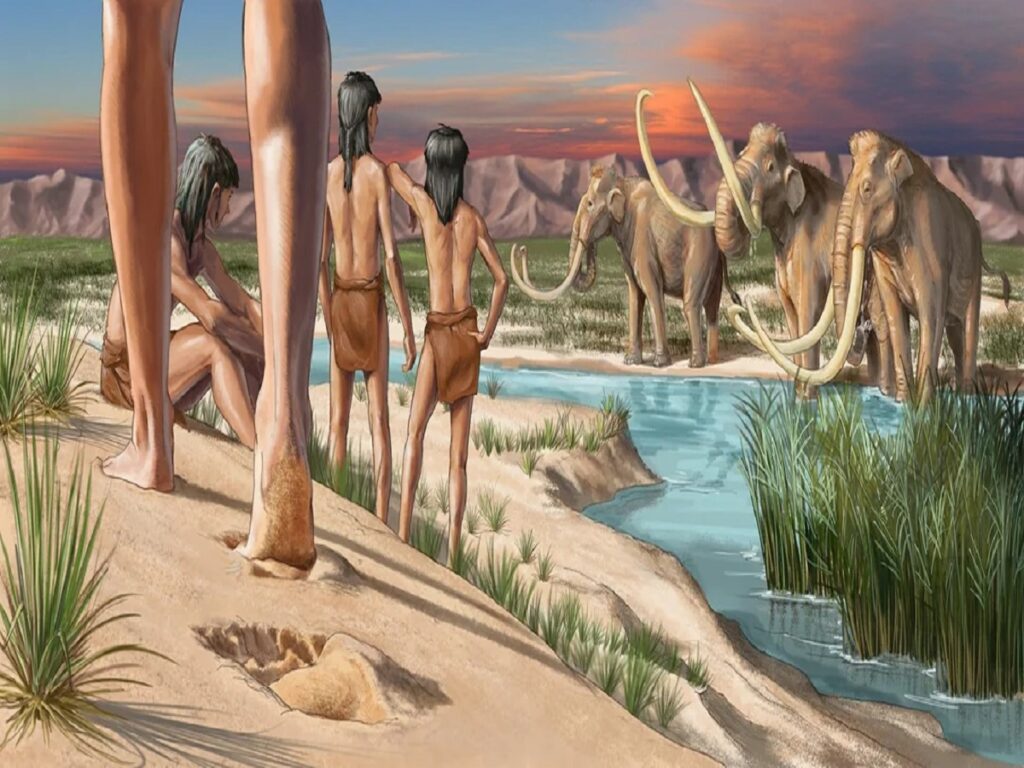Long before modern civilization, prehistoric North Americans carved out lives in a continent full of challenges and opportunities. Their survival depended on a remarkable combination of ingenuity, adaptability, and cooperation. From hunting and gathering to early agriculture, they developed strategies suited to the diverse landscapes they inhabited. This article explores key ways these communities not only survived but thrived for thousands of years, laying foundations for future societies.
Mastery of Hunting and Gathering

Prehistoric North Americans were skilled hunters and gatherers who adapted their techniques to local environments. Using stone tools, spears, and later bows and arrows, they tracked animals ranging from bison to deer. Gathering wild plants, nuts, and berries complemented their diets. Seasonal movement allowed them to exploit resources efficiently, while knowledge passed through generations ensured sustainable practices. This adaptability gave them the ability to survive harsh winters and scarce periods with remarkable resilience.
Development of Stone Tools

Stone tools were essential for survival, from cutting meat to shaping wood for shelter. Early communities learned to craft knives, scrapers, and projectile points from flint, chert, and obsidian. Over time, techniques such as flaking and grinding improved tool efficiency. These tools allowed them to hunt effectively, prepare food, and build durable homes. The continuous refinement of tool-making skills reflects the ingenuity of prehistoric North Americans, enabling them to tackle diverse challenges across forests, plains, and river valleys.
Use of Fire for Survival

Fire played a central role in prehistoric life, providing warmth, protection, and cooking capabilities. Controlled use of fire allowed communities to extend activity hours, ward off predators, and process tough foods. It also enabled land management, such as clearing underbrush for hunting or cultivating plants. Knowledge of fire-making passed through generations, demonstrating careful observation and experimentation. For prehistoric North Americans, fire was more than a survival tool; it was a cornerstone of daily life that increased safety and food security.
Early Agricultural Practices
Around 7,000 years ago, certain North American groups began domesticating plants, creating the first agricultural systems. Corn, beans, and squash, known as the “Three Sisters,” were cultivated together to maximize yield and soil health. Early farming reduced reliance on unpredictable hunting and gathering. Communities developed seasonal planting and harvesting cycles, along with storage methods to survive winter. Agriculture fostered more permanent settlements and social structures, marking a crucial step from purely nomadic lifestyles to organized village life.
Creation of Durable Shelters
Survival required protection from weather and predators, prompting innovative shelter construction. Prehistoric North Americans built wigwams, longhouses, and earth lodges using wood, bark, reeds, and animal hides. Designs varied with climate, from insulated homes in cold regions to open-air structures in warmer areas. Many shelters incorporated fire pits for heat and cooking. These homes were durable yet flexible, reflecting careful observation of the environment. Thoughtful shelter design allowed communities to settle safely and focus on agriculture and social development.
Development of Trade Networks

Trade networks were crucial for accessing resources unavailable locally. Prehistoric groups exchanged tools, shells, minerals, and food across vast distances. These interactions strengthened alliances and fostered cultural exchange, spreading ideas, technologies, and rituals. For example, obsidian from western regions or shells from coastal areas traveled hundreds of miles inland. Trade not only provided practical resources but also reinforced social bonds, ensuring communities could survive challenges by relying on both local and distant support systems.
Deep Knowledge of Local Ecology

Understanding plants, animals, and seasonal cycles was vital for survival. Prehistoric North Americans observed migration patterns, flowering times, and animal behaviors to optimize hunting, gathering, and planting. They identified edible, medicinal, and toxic species, storing and processing them appropriately. This ecological intelligence ensured sustainable resource use. By integrating observation with experience, communities adapted quickly to environmental changes. Their survival strategies were deeply rooted in respect for nature, demonstrating a sophisticated comprehension of ecosystems that modern science still studies.
Social Organization and Cooperation
Survival depended on collaboration within extended families and tribal groups. Tasks such as hunting, building shelters, and raising children were shared responsibilities. Elders transmitted knowledge and traditions, guiding decision-making. Social rituals strengthened cohesion, while conflict resolution ensured group stability. This organization allowed communities to coordinate complex tasks like seasonal migrations or large hunts efficiently. Cooperation reduced individual risk and amplified the group’s chances of thriving. Strong social bonds were as vital to survival as tools or food sources.
Use of Clothing and Personal Protection
Clothing protected prehistoric North Americans from harsh weather and insect-borne diseases. They crafted garments from animal hides, furs, and plant fibers, sewing pieces with bone needles. Layering and insulation were adapted to seasonal extremes, while decorative elements reflected cultural identity. Footwear, head coverings, and cloaks ensured mobility and comfort during hunting, travel, or work. Knowledge of tanning and preserving hides increased durability. Proper clothing was not only practical but a sophisticated expression of resourcefulness, helping communities survive in diverse and often unforgiving climates.
Cultural Practices that Reinforced Survival
Rituals, storytelling, and spiritual beliefs shaped daily life and reinforced survival skills. Oral traditions transmitted ecological knowledge, hunting techniques, and moral codes. Ceremonies celebrated seasonal changes, hunting successes, or planting cycles, fostering communal cohesion. Art and symbolism reflected observations of nature, connecting humans to their environment. These practices provided psychological stability, social unity, and a sense of purpose. By integrating culture with practical survival, prehistoric North Americans ensured that wisdom and resilience passed across generations, securing their continued prosperity.
Comments